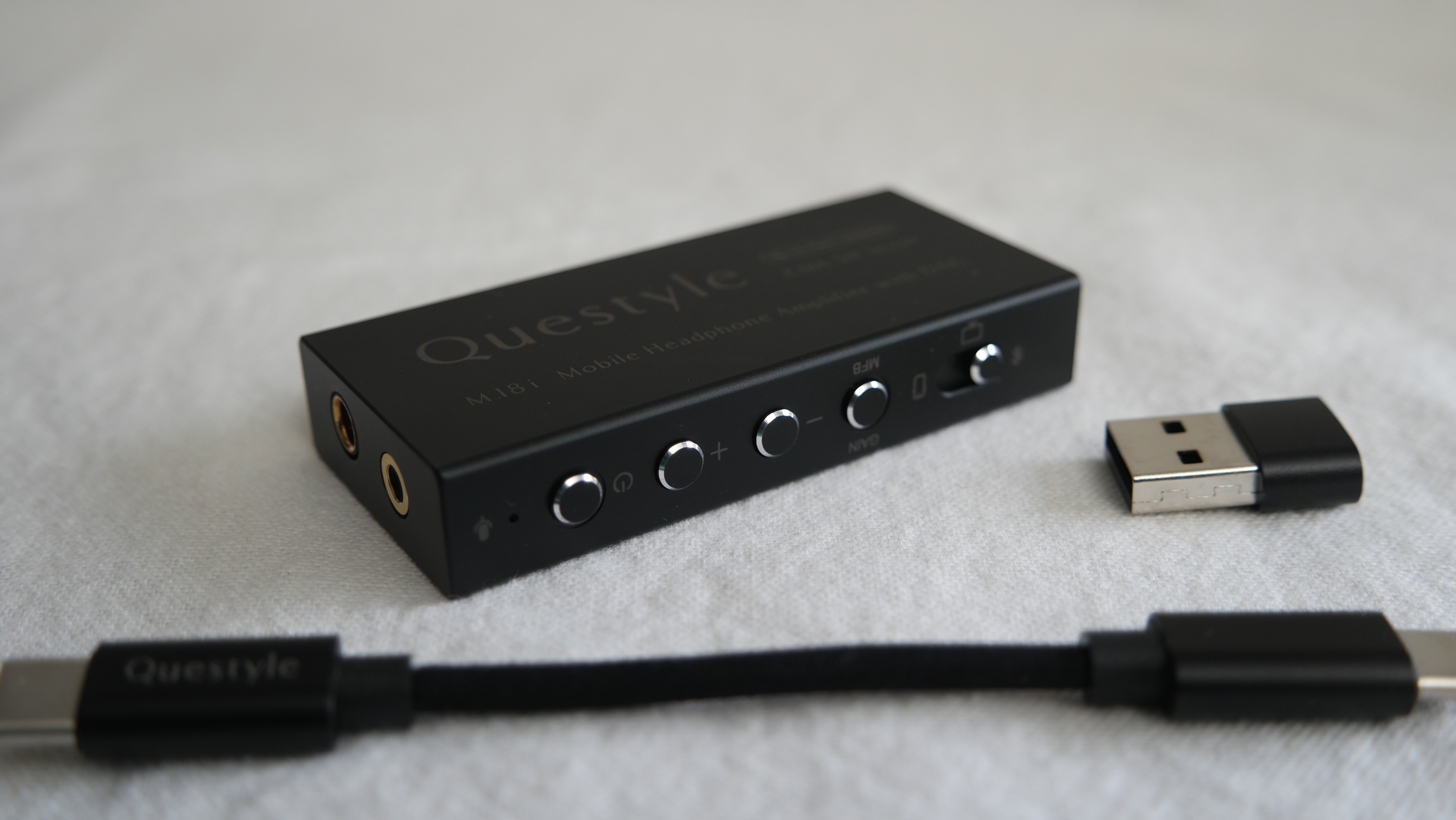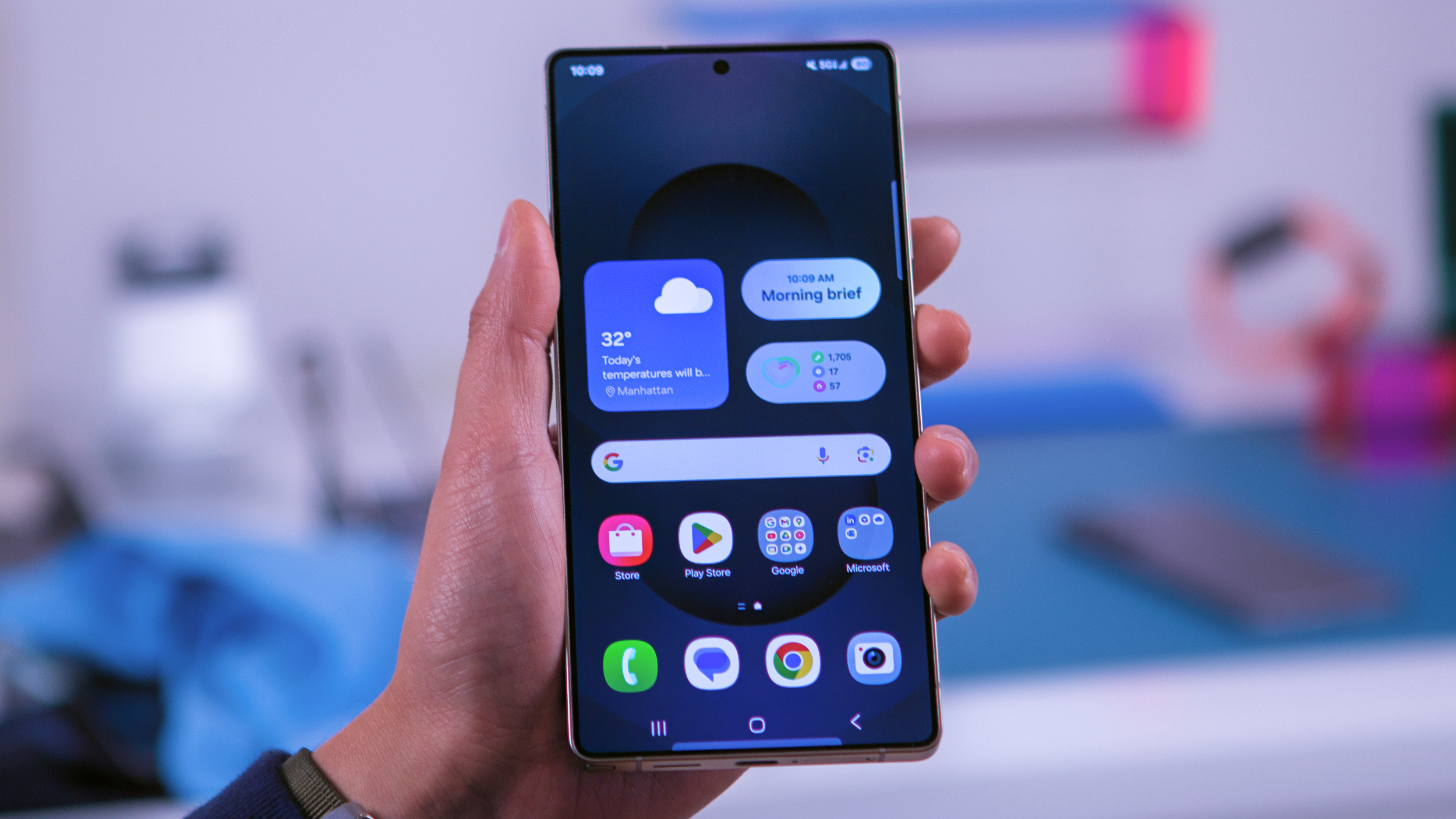Android Central Verdict
The new M18i from Questyle isn’t inexpensive, but in audiophile land, it’s affordable. For the average audio lover, though, the impressive usability and sound quality of the M18i make the price tag easier to swallow. The battery life could be a hindrance, so you’ll need to know about that and have an idea of how you want to use it before purchasing.
Pros
- +
Build quality
- +
Utility/usability
- +
4.4mm balanced output
- +
Detailed and transparent sound
- +
Excellent mics for phone calls/gaming
Cons
- -
Battery life could be better
- -
No low gain in Bluetooth mode
Why you can trust Android Central
Audiophiles are well aware of Questyle and what the company is capable of. Its M15i and CMA18 DACs have been well-received by many. The new M18i mobile DAC continues that streak.
With the M18i, you get a wired or Bluetooth DAC for mobile connectivity and a capable desktop DAC compatible with Windows, macOS, and Linux. Everything you need to make it work, including a USB-C to USB-C cable and USB-A adapter, is included in the box.
The sound quality is exemplary, thanks in part to some proprietary parts made by Questyle, but there are some things you need to know as you consider the purchase, so let’s get into all of that!
Categories | Questyle M18i |
|---|---|
Decoding | PCM: 44.1kHz-384kHz (16/24/32bit) DSD: DSD64, DSD128, DSD256 |
Processor | 16-core XMOS316 USB platform |
DAC chipset | ESS Dual ES9219Q DACs |
Input | USB-C, Apple MFi Certified |
Output(s) | 3.5mm SE, 4.4mm Balanced |
Bluetooth | 5.4 |
Bluetooth Codec Support | AAC, SBC, aptX, aptXHD, aptX adaptive, LDAC, LE Audio |
Microphone(s) | Infineon mic module (MEMs), Qualcomm cVc 8.0 |
Battery | 500mAh |
Supported OS | Android, iPadOS, iOS, HarmonyOS, Windows 10, Linux |
Power Output | 28mW at 300 Ohms (4.4mm balanced output) |
Frequency Response | 0.1dB (20hz-20kHz), 2dB (20kHz-80kHz)THD: 0.0002% |
Questyle M18i: Solid sound, solid build
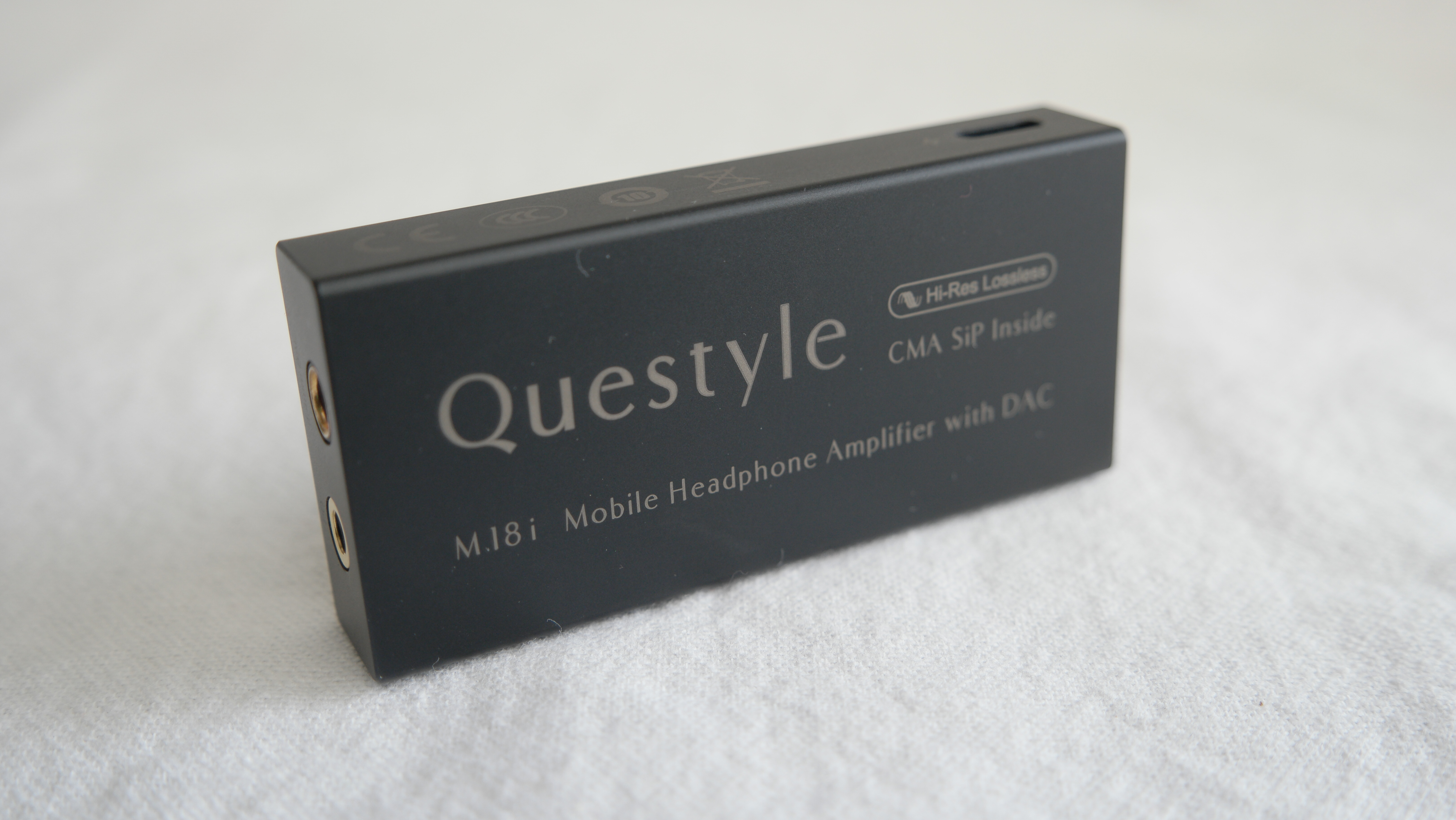
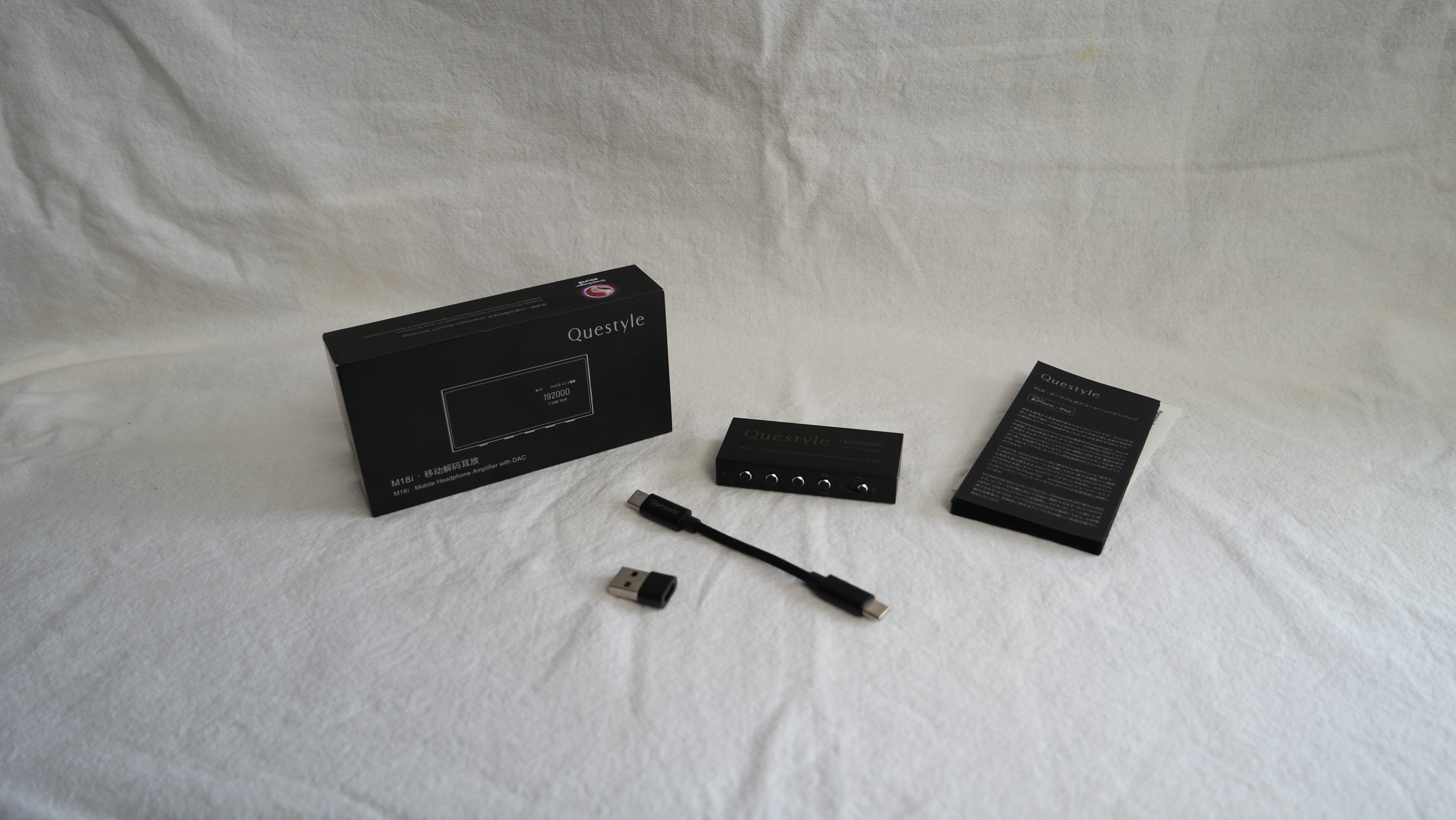
A lot is going on inside the M18i. Internally, the DAC uses dual ESS ES9219Q DACs and other hardware powered by a 16-core XMOS XU316 processor. You also get a Qualcomm chipset that includes its latest clear voice communications chipset and Infineon MEMS microphones. We’ll talk about those components more in a moment. There are a few other things inside the DAC, but I’ll go over those as I talk about audio quality. Check the spec table for other odds and technical ends you may be curious about.
The build quality is very reassuring. The unit is small, and all components are wrapped in a CNC anodized aluminum alloy. There’s a tempered glass screen on the front of the device with an OLED display. The information you’ll get from the top row of that screen is: volume, gain level (Low or High), earbuds/headphone connected indicator, and battery charge indicator. Below that, you’ll see your sample rate in a larger font, and below that, the mode and decoding indicators.
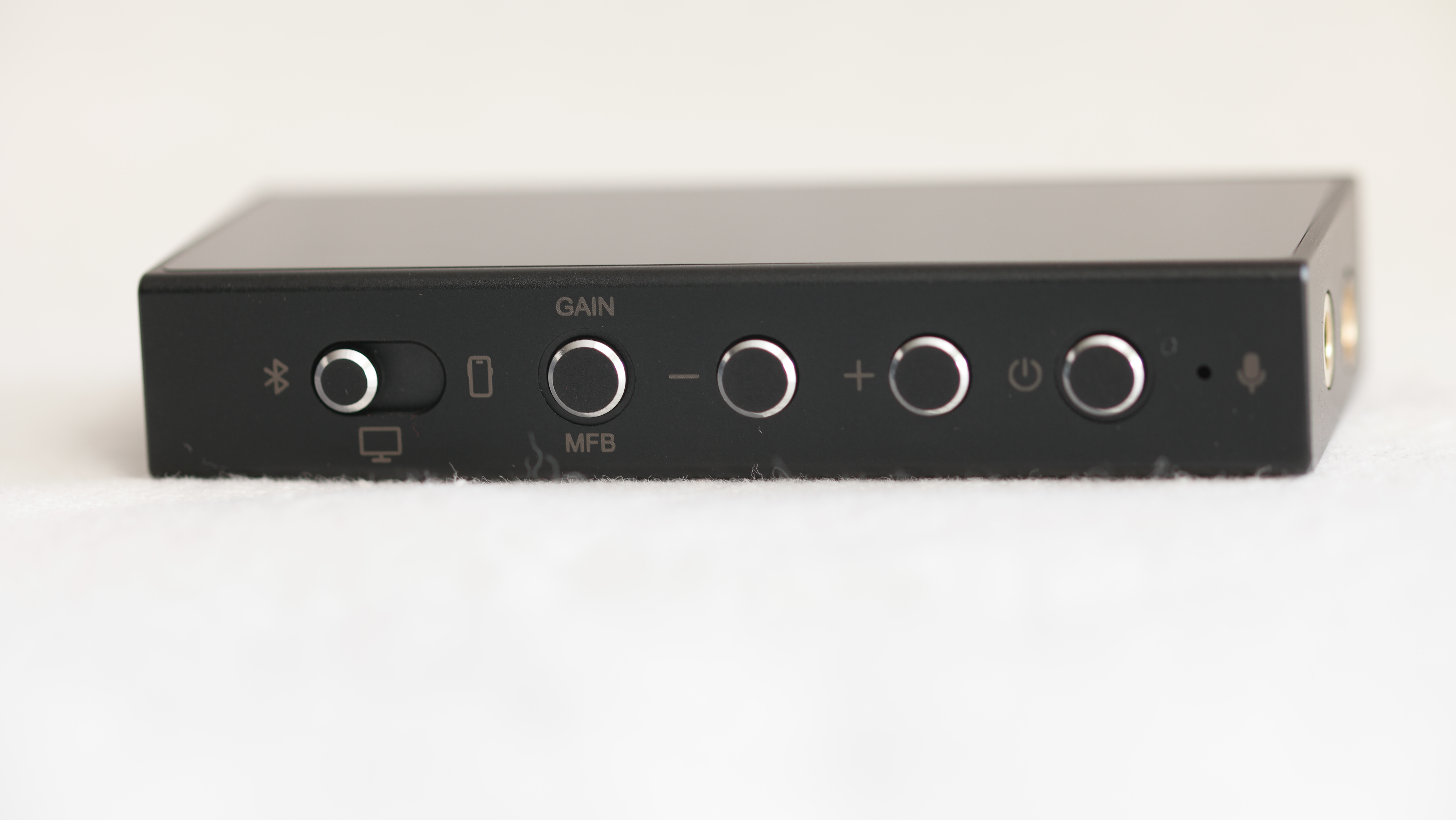
Holding the device vertically with the screen facing you, the top is where you’ll find the 3.5mm (SE) and 4.4mm (Balanced) outputs. The right side is where you’ll find the delightfully clicky function buttons. You get a power button that will also dim the screen, separate volume up and down buttons, an MFB or multifunction button that controls gain and Bluetooth functions, and a mode sliding switch that is stiff and doesn’t feel like it will get loose anytime soon.
You’ll find one of two USB-C ports at the bottom of the unit. This one is primarily for data transfer, but in PC mode, the unit does charge from the source it’s connected to. The second USB-C port is on the left side and doesn’t support data. Charging only.
Get the latest news from Android Central, your trusted companion in the world of Android
Testing methodology and equipment
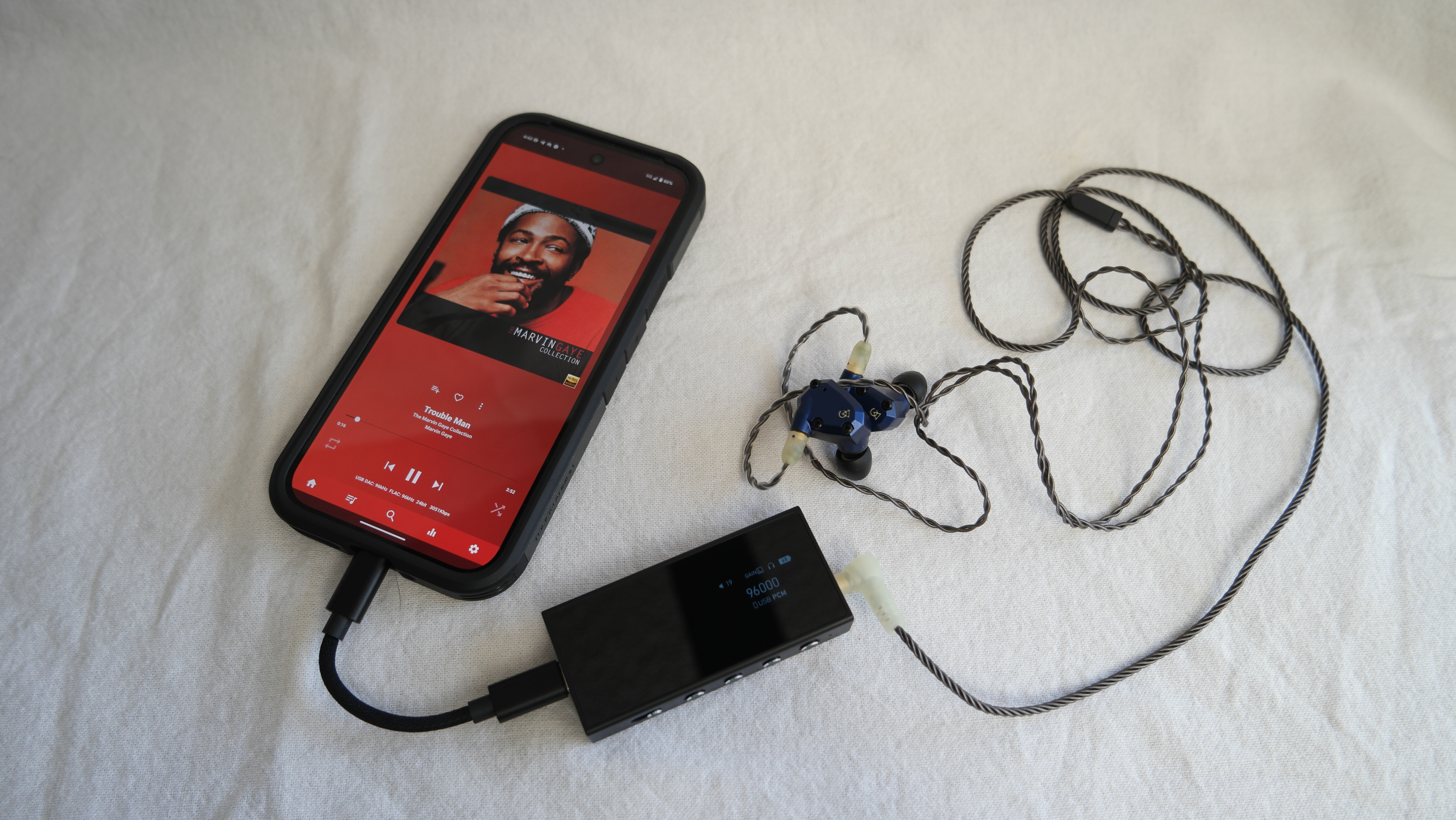
I tested the M18i with a few different IEMs and over-ear headphones (circumaural), playing FLAC files (PCM), DSD, and Tidal streams, with it connected to various sources: Google Pixel 9 using USB Audio Player Pro, iPhone 16 Pro Max, Microsoft Surface Pro 11 using MusicBee.
Sonic imaging, Questyle
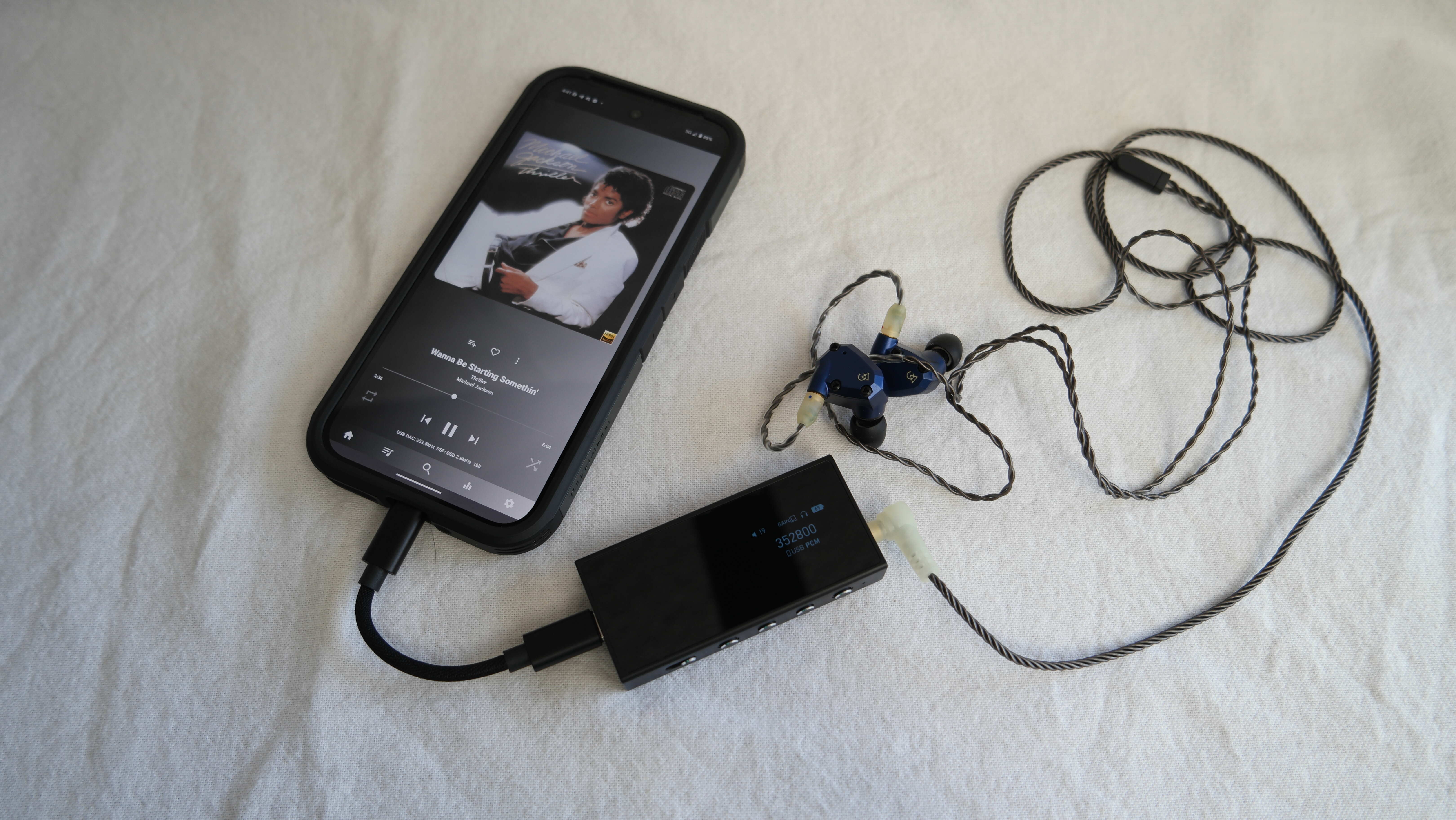
Overall, the M18i is one of the more transparent, nuanced mobile DACs I’ve had the pleasure of testing. Let’s talk about using it to drive the equally transparent, analytical Sennheiser IE900s: This pairing is not for bass lovers, though tracks mastered with a heavy-handed low end sound superb with regard to their low-end nuance and resolve. Using the IE900s with the gain set to low and the 4.4mm Balanced connection, I could drive them beautifully with the volume only halfway up at 30 of 60 steps.
What is the “flavor profile” of this pairing? Very transparent. No color. An enjoyably large soundstage for IEMs, but the most compelling sonic feature is the nuance. Playing the DSF file of Michael Jackson’s “Wanna Be Starting Somethin’,” there are backing vocals mixed to almost a whisper, you can clearly discern during the song’s intro at 15 seconds in. A feature of that mix that gets lost in less transparent sound reproduction with more colored DACs and earbuds/headphones.
Regarding tracks mastered with bass emphasis, The Roots’ “Do You Want More??!!!?” sounds exactly like it should, with no coloring of the boom bap heavy bass. The bass is still quite satisfying with this pairing. A PCM file of Marvin Gaye’s “Trouble Man” exposes an awesome orchestral arrangement! All the nuance, layered electric and analog pianos, saxophones, and cymbals. It’s an engrossing sonic experience with the M18i. In terms of signal-to-noise, the M18i is very dark!
There is no audible noise during the quiet parts of the intro to Whitney Houston’s “I Will Always Love You.”
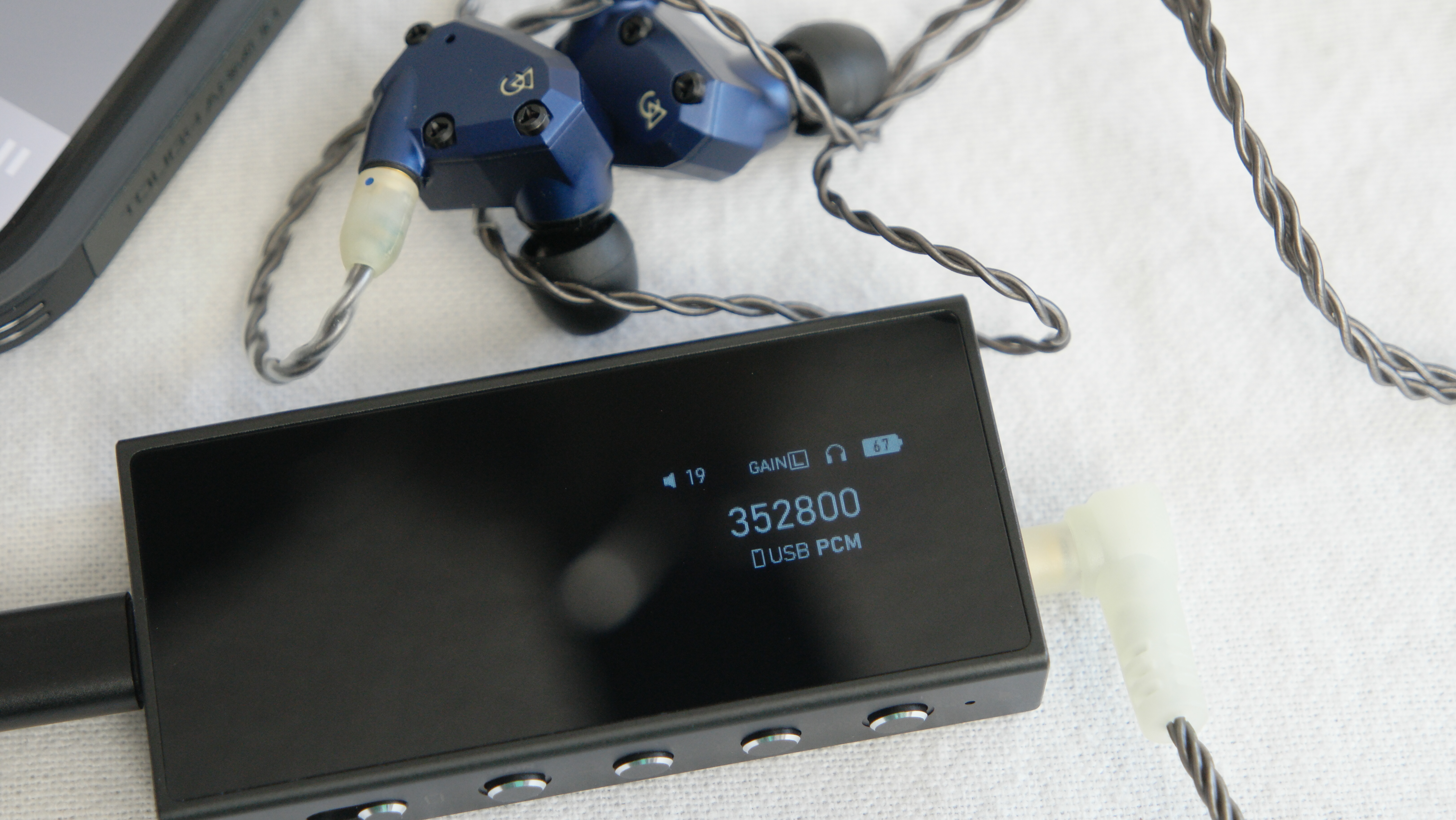
My sound test, pairing the M18i with Campfire Audio’s Mammoth IEMs via the 3.5mm connection, brought more weight and drama to the music with its more entertaining, punchier sound reproduction in the low end and sub-bass. There was some nuance lost in the low end with the IE900 that was realized with the Mammoth IEMs. This is the bass lovers' pairing.
Sennheiser HD660S2 was the first pairing that benefited from the high gain option, even with more juice flowing through the 4.4mm cables. I had to increase volume by nine steps, to 39. Over-ears allow the M18i to “stretch its legs” and expand that soundstage, giving it greater depth and layers as I listened to “Violin Duel” from the Chevalier OST.
The detail in the attack and decay of the violins in Violin Duel was top tier! Next up, Ladysmith Black Mombazo’s ethereal a cappella on Paul Simon’s “Diamonds on the Souls of Her Shoes” was equally enjoyable, being so immersive thanks to the rich timbre and clarity provided in part by Questyle’s patented current-mode amplifier SiP technology found in all of their DACs.
In Bluetooth mode, the sound quality is still delightful. That said, there is a difference between the wired and Bluetooth 5.4 presentations. Still, thanks to the broad support for Qualcomm aptX and LDAC HiRes Wireless Audio codecs, that difference is minimal and likely indistinguishable to those new to active listening.
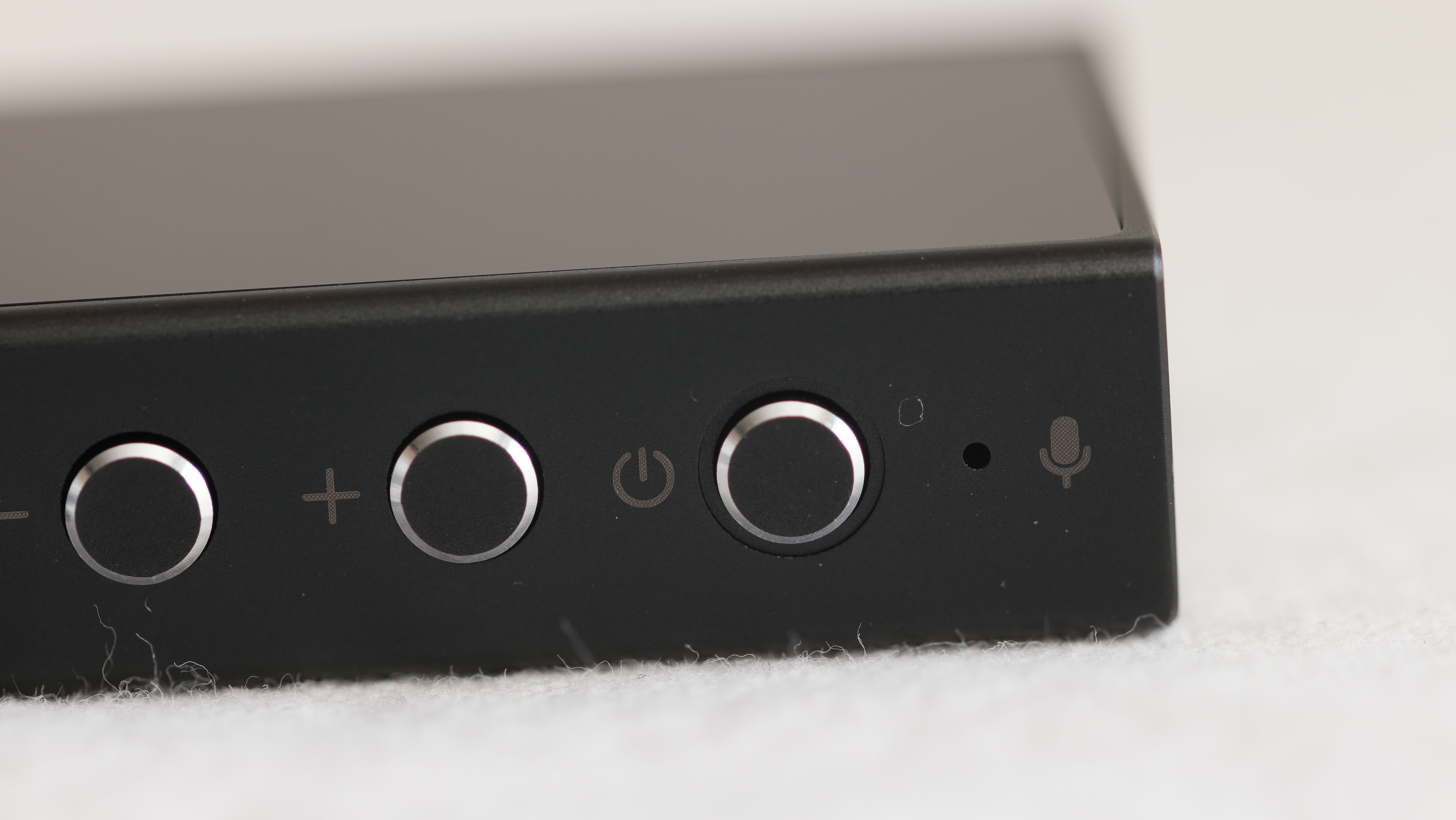
Continuing with the Bluetooth implementation, the Qualcomm chipset gave me better mic audio than expected. Frankly, this Infineon MEMS mic setup in the M18i sounds better than many Bluetooth earbuds I've reviewed, up there with Jabra, Beats, and AirPods Pro. It doesn't 100% eliminate background noise, but it gives you a healthy balance of background noise dampening with crystal clear voice pickup, so you don't sound like you're in a closet, as some TWS earbuds do.
Overall, from mobile to PC, the M18i presents an impressive sonic image. It’s balanced and transparent, with beautifully layered instrumentation separation. It also has the versatility to go anywhere and connect to almost anything, including Linux and HarmonyOS.
The M18i is almost perfect, except for….
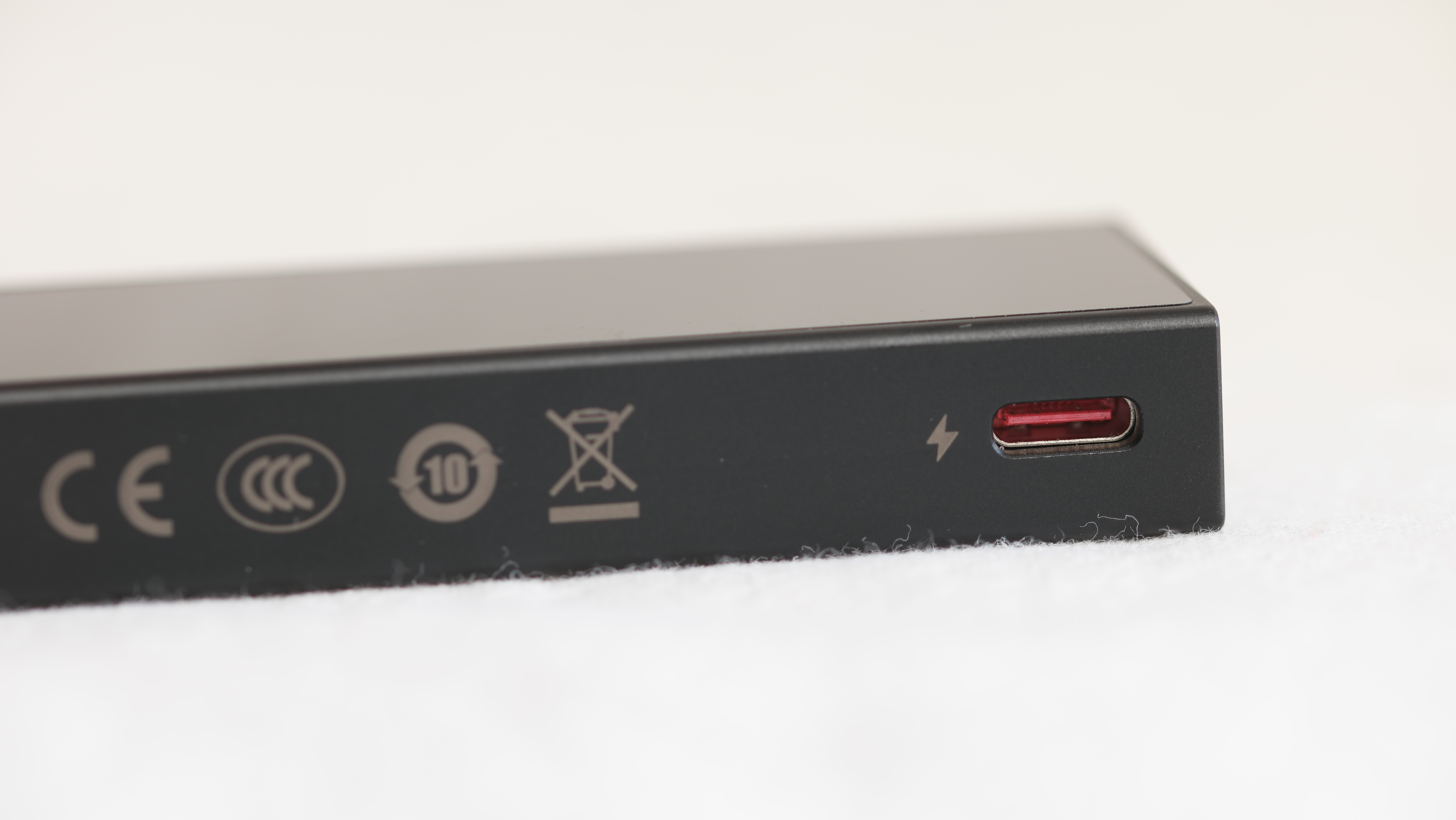
Battery life will be a pain point. One hour of wired hi-res file playback drained the battery from 97% to 41%. My results in battery testing were pretty consistent across modes, except for PC mode. That means the max you can expect out of the M18i is roughly two hours of playback.
Fortunately, there’s a feature that mitigates the disappointing battery life of the internal 500mAh cell. Switching to PC mode will power the DAC from whatever device it’s plugged into. I tested that with my Google Pixel 9, and the phone’s battery drained at a rate of approximately 10% per hour. I tested with the phone in airplane mode because I wanted to see what the pull looked like without additional factors draining the battery, like weak cellular signal strength.
The side USB-C port also helps mitigate the short battery life. It supports charging during playback, so you can have a battery bank with you on that long-haul airplane ride to keep the tunes going as you cross the Atlantic or Pacific.
Should you buy it?
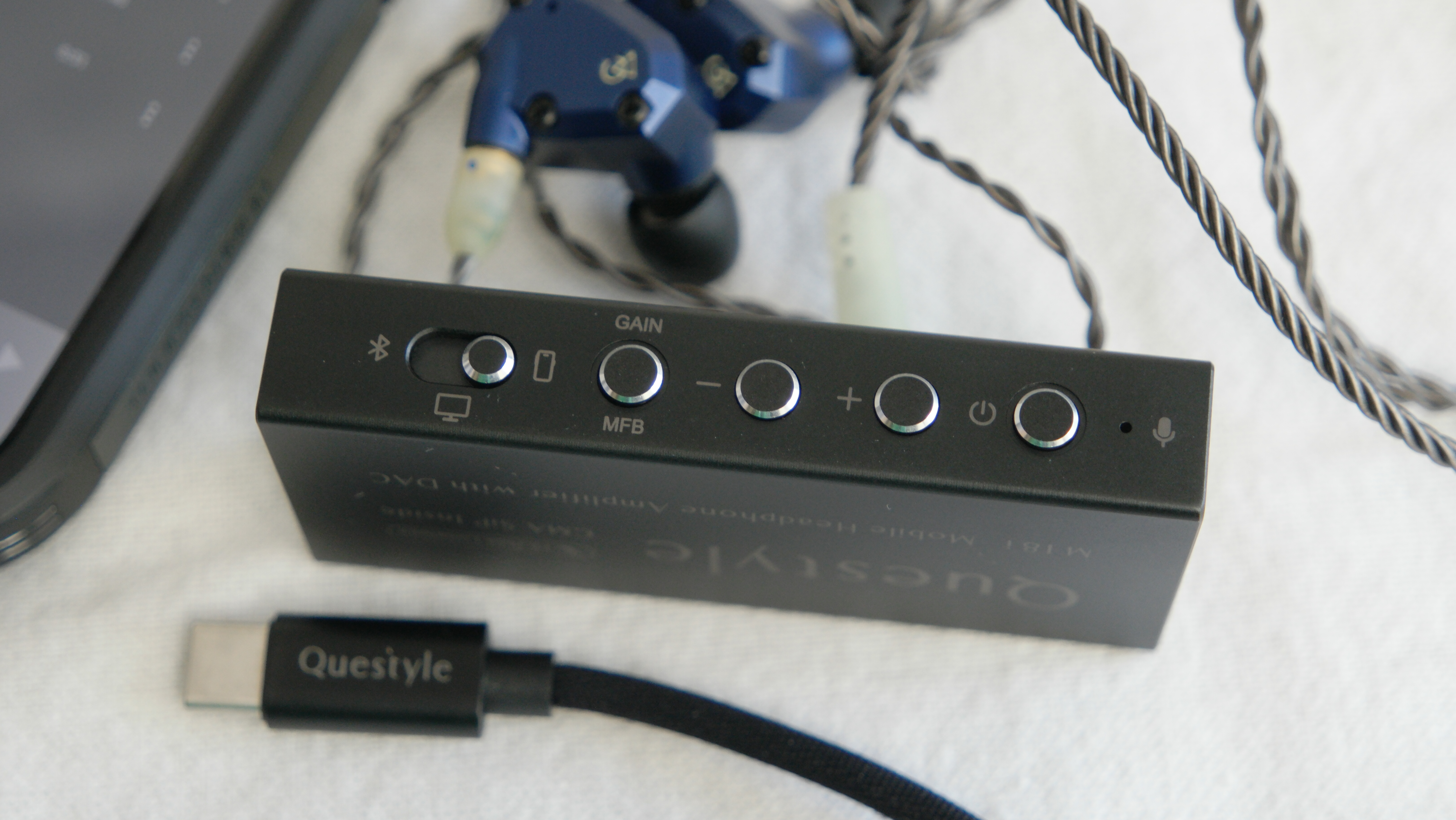
I’ve had the pleasure of testing some wonderfully entertaining audiophile-grade mobile DACs from iFi, Quedelix, and Fiio, and this is now one of my favorites. The sound quality is one of the best on the market, with the utility to ensure you get the most bang for your hard-earned buck.
Its MSRP is $400, but it’s currently on sale direct from Questyle’s website for $350. At the time of writing, it's also on Amazon with a $50 coupon, bringing the price down to $300. If you already have a good pair of IEMs or wired headphones, consider the M18i as you read reviews of competing products.
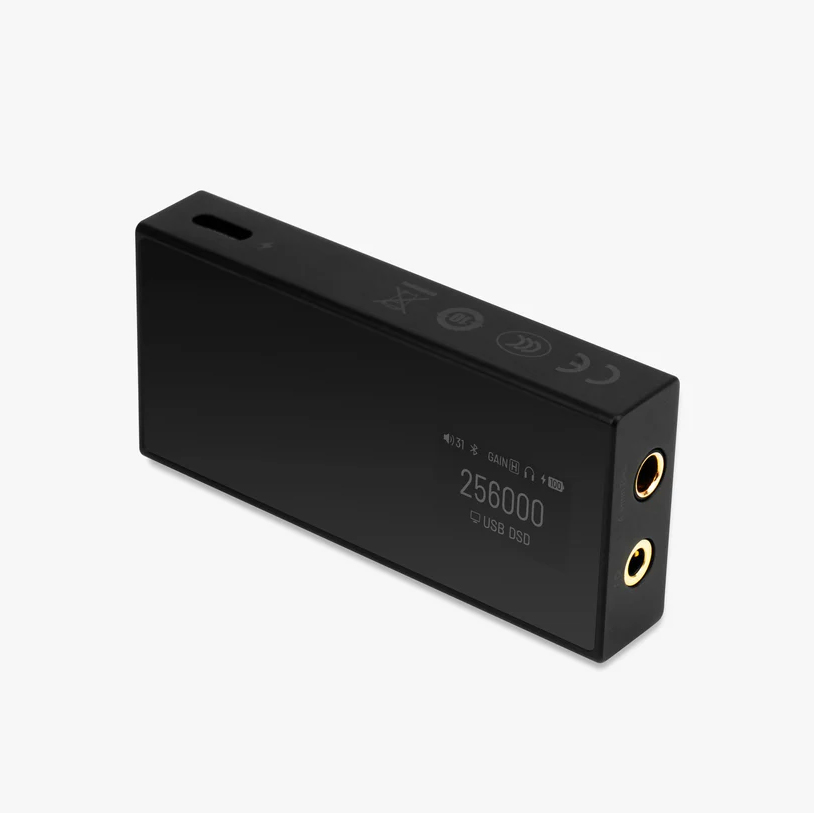
A cornucopia of sonic treats!
With beautiful timbre, crystal clarity, and multidevice compatibility, the Questyle M18i is a top-tier "do-it-all" DAC that could use some improvement in the battery life department

Tshaka Armstrong is a nerd. Co-Founder of the non-profit digital literacy organization, Digital Shepherds, he’s also been a broadcast technology reporter, writer and producer. In addition to being an award-winning broadcast storyteller, he’s also covered tech online and in print for everything from paintball gear technology, to parenting gadgets, and film industry tech for Rotten Tomatoes. In addition to writing for Android Central, he’s a video contributor for Android Central and posts everything else to his own YouTube channel and socials. He blathers on about his many curiosities on social media everywhere as @tshakaarmstrong.
You must confirm your public display name before commenting
Please logout and then login again, you will then be prompted to enter your display name.
